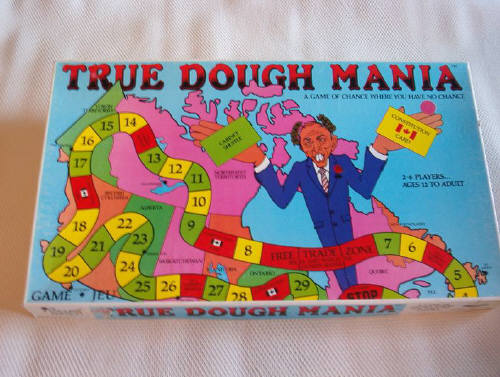Mental 'backward screening algorithms'
I'm always interested in learning how others organize their information. How does an individual read all of those papers, blog entries, news articles, etc etc, and remember them three months later? The substance is easily left to be forgotten when it holds nothing of great significance to the reader, but then there always arises some piece of knowledge that would fit oh so nicely with that tidbit from three months prior! If only it can be remembered, and then found!
It seems so simple, yet so thoughtful and useful....build a "tree structure" of knowledge, i.e. first divide all material into some parts, then further divide each parts into subsections, blablabla, until reach the small enough part to give out the details. This is actually a "multi-split" knowledge tree.
I found that if I could organize my knowledge in such a tree structure, basically I understand the whole material. If the knowledge in my head is still piece by piece, then even if I understand it when I study it, I'll definitely get lost some time after. It is so important to see the link between different pieces of knowledge rather than the details, since you'll never remember every detail but you have to preserve a good knowledge structure in your brain so that whenever you study something new, you can do a "backward screening algorithm" to link this piece of knowledge on your general knowledge tree.


No comments:
Post a Comment